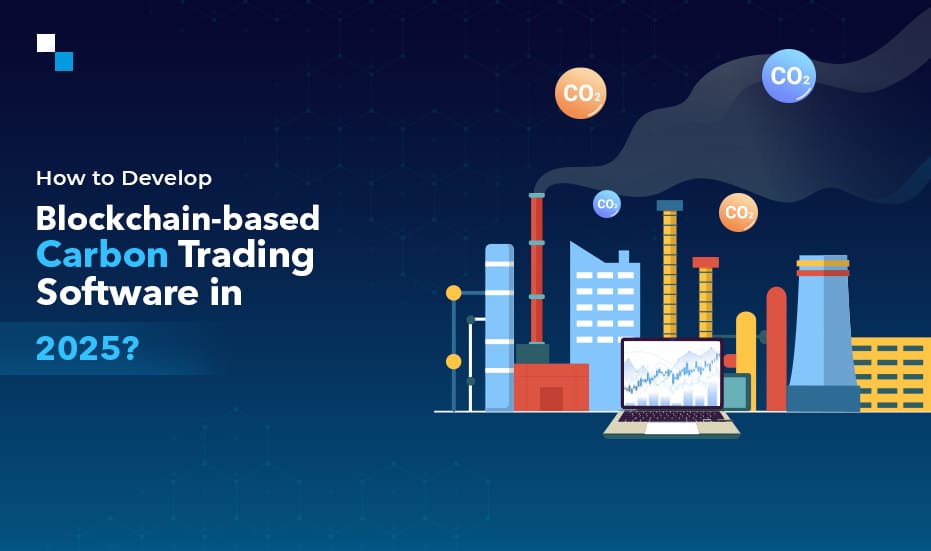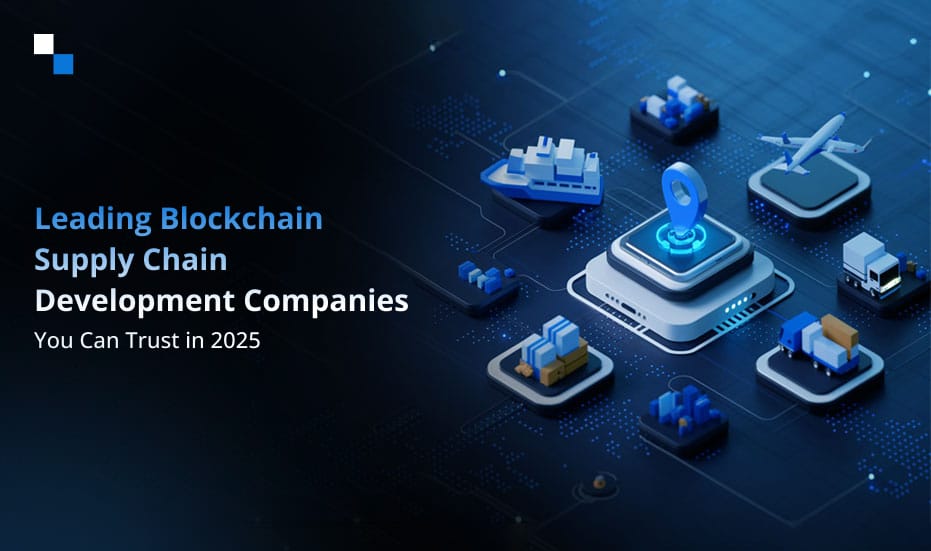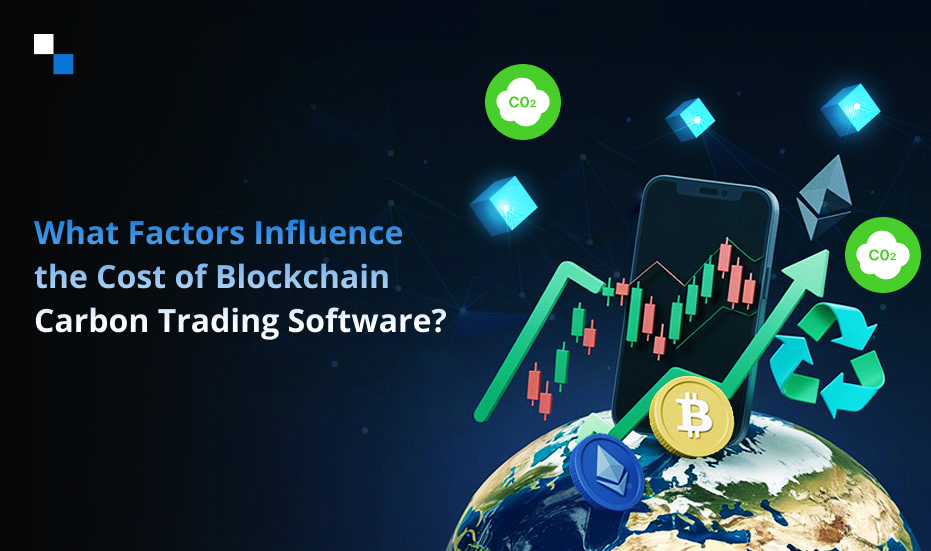
NFT Music Marketplace Development Tricks: Integrating Exceptional Features
December 15, 2023
Titans Of 2024: 10 Supreme Blockchain Identity Management Companies
December 15, 2023Companies with the aim of net-zero emissions (the removal of greenhouse gas emissions from the atmosphere they put into it) invest in several sustainable initiatives to achieve their goal. One such approach is carbon trading software development. Carbon trading refers to the buying and selling of carbon credits on a marketplace that allows companies or other parties to emit a certain amount of CO2. It is an innovative solution to address the challenges of reducing carbon emissions. In this blog, we will discuss the carbon trading software development process in-depth and learn how it works.
Why Do We Need Carbon Trading Software?
The traditional carbon market involves cumbersome and complex paper-based processes that lack transparency, prone to manual errors, and inaccessible at the same time. Carbon trading software streamlines and automates the processes through the use of Blockchain technology.
The carbon credit trading platform simplifies the creation, transfer, and verification of carbon credits and helps build a decentralized and trustworthy marketplace for the purchase and sale of carbon credits. It digitizes and automates the whole carbon trading process, enabling companies to contribute to mitigating climate change.
Steps to Develop Blockchain-based Carbon Trading Software
Carbon trading is one of the essential mechanisms to accelerate global decarbonization. Below, we have explained the process of Blockchain-based carbon trading software development to enable companies to tap into the carbon market for emission reduction and revenue generation.

- Define the Objective
First, outline the objectives for developing the Blockchain-based carbo trading software. It is important to consider a few factors such as target audience, scale of operations, and the features you want to add to your software. Clearly define your carbon trading software development goals as it provides a roadmap for the development process.
- Choose the Right Blockchain Platform
Select the appropriate Blockchain platform, considering several factors such as security, scalability, and consensus mechanism while carbon trading software development. Ethereum is one of the popular choices of developers that comes with smart contract capabilities. You can also explore other platforms, such as Polkadot or Binance Smart Chain as per your specific carbon trading software development requirements.
- Design the Architecture
The next step is to design a robust and scalable architecture of Blockchain-based carbon trading software that can handle the large volume of carbon trading transactions and data without affecting performance. Focus on developing the structure of the Blockchain, the data storage mechanism, and the consensus algorithm.
- Develop Smart Contracts
Smart contracts act as a pillar of a carbon credit trading platform. These self-executing contracts automate the transactions, ensuring that participants adhere to the terms of the trade. Once you design the carbon trading software architecture, develop smart contracts to simplify the creation, transfer, and verification of carbon credits. Incorporate the necessary features to facilitate the tracking and validation of emission data.
- Integrate Identity Verification
Carbon trading involves a crucial identity verification process as it helps ensure that participants are legitimate entities. The carbon trading software should be equipped with a reliable identity verification system for user authentication on the platform. Integrate the KYC or Know Your Customer procedures to set up the participant’s identity.
- Implement a User-Friendly Interface
One of the factors that decide the software’s success is the user interface. The carbon credit trading software must have an intuitive and user-friendly interface that allows participants to easily navigate and execute transactions. Focus on incorporating a clear dashboard, real-time analytics, and other crucial features to improve the user experience.

- Ensure Regulatory Compliance
Carbon trading software development should also adhere to regulatory standards. The carbon trading platform should comply with the relevant financial and environmental laws and regulations. Collaborating with legal experts would be a wise step toward navigating the complex regulatory landscape.
- Establish a Consensus Mechanism
The core focus of companies worldwide is to achieve environmental sustainability, and consensus mechanism plays a crucial role in fulfilling this motive. Choose the ideal consensus mechanism that perfectly aligns with the Blockchain-based carbon trading software goals. When it comes to security, Proof of Work (PoW) emerges as a great option, but at the same time, it consumes more energy. One can choose alternatives like Proof of Stake (PoS) or delegated Proof of Stake (DPoS) for carbon trading software development to match sustainability goals.
- Test Thoroughly
Test your Blockchain-based carbon trading software before launch as it helps identify and address the potential vulnerabilities. Conduct security audits, simulate various trading scenarios, and ensure that the platform can handle large volumes of transactions without compromising performance.
- Launch and Iterate
Once testing of Blockchain-based carbon trading software is complete, it is all set to launch in the marketplace. Focus on the user’s feedback and continuously update your platform for enhanced functionality, security, and user experience. The carbon market is complex and evolves over time. It is important to make constant improvements in the carbon credit platform for its better performance.
Collaborate with a Reliable Carbon Trading Software Development Company
Carbon trading software development is complex, however, it is also rewarding. In collaboration with an experienced carbon trading software development company, Antier, one can contribute to the global revolution of mitigating the climate change impact. Antier has a skilled Blockchain development team that harnesses the potential of Blockchain to develop innovative Blockchain-based carbon trading software. We always embrace the challenge and be a driving force when it comes to building a sustainable and resilient future.



